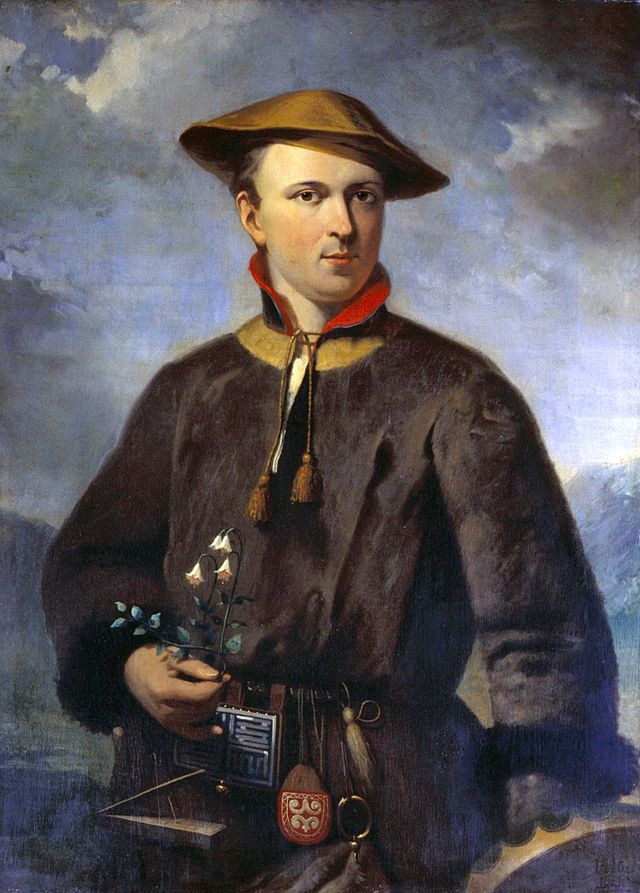Classification teaching resources
Worksheets and lesson ideas to challenge students aged 11 to 16 to think hard about classification (GCSE and Key Stage 3)
Overview: classifying (or grouping) organisms based on similarities is an incredibly important concept for students to master if they are going to understand evolution. Organisms with shared features are likely to be related – indeed taxonomic groups should, and generally do, reflect evolutionary relationships. The seven main taxonomic ranks: kingdom, phylum, class, order, family, genus, species provide an ‘address’ for each organism which can be useful in the search for medicines and for conserving species – classification is not just about naming things. Classification in school is also important in dispelling the popular human-centric idea of biology. As this tree of life shows, humans, and indeed all animals, make up only a tiny fraction of all life on earth. Some of the most interesting organisms to students are outside of the animal kingdom so spend time exploring these. You can also have some fun with classification as it can provide an excellent opportunity to teach argumentation in science. Students can classify hypothetical/unusual organisms and defend their reasoning to the rest of the group.
Key concept: organisms are placed into different groups based on characteristics they have in common. These groups should reflect their evolutionary relatedness.
From big idea: organisms require a supply of energy and materials for which they often depend on, or compete with, other organisms
Linked knowledge: cell structure, evolution
Misconception [scientific idea]: bats and butterflies are closely related because they have wings [wings evolved independently in bats and butterflies – see convergent evolution]; animals make up most organisms [animals are a minor group on the tree of life]; speciation happens in a life time [speciation takes thousands of years]; humans are not animals [humans are animals]; ducks are birds and not animals [ducks are birds AND animals].
Teaching Resources

Where to start?
Ask students to group (classify) a range of different utensils as either spoons, forks or knives. Include some tricky examples e.g. pasta forks, sporks, chop sticks. Discuss how students arrived at their decisions and consider why classifying objects is useful in every day life e.g. to find things in super markets or to find possible replacements when the ideal is not available.
The ‘address’ of an organism: binomial names
Write the school address and the address of a nearby pizza restaurant on the board. Then write out each taxonomic rank for a rat and a grey squirrel to the species level. How are the structures of addresses and taxonomic hierarchies similar and different? How do group sizes change?
How to classify organisms using the five kingdoms
GCSE activity on the main features of the five kingdoms. Students are given a ‘pet’ organism to research. They meet with other class members to discuss their ‘pet’ and answer questions written on the board. This activity allows students to practice and develop their oracy. It is based on a lesson produced by Sophie Metcalf. (PDF)
GCSE worksheet on classifying organisms using the five Kingdoms (made in collaboration with Terry Baylis). This challenging activity reinforces the key features of the five kingdoms and presents students with an organism to classify. Students use their powers of reasoning to justify which kingdom the organism belongs to. (PDF)
Why do we want to classify organisms?
GCSE worksheet on the importance of classification. This serves as a good introduction to taxonomy. It shows the importance of plant taxonomy in the fight against human diseases. Here, we look at how taxonomy played a vital role in the production of anti-cancer drug Taxol. (PDF)
